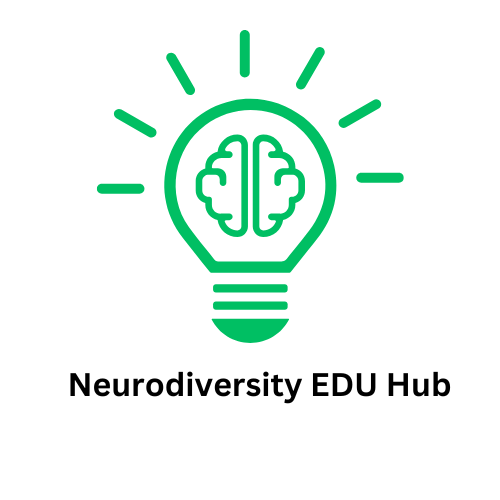
Understanding Energy Levels: The ADHD Perspective
For many parents and teachers navigating daily responsibilities, managing energy can be an intriguing yet challenging aspect of life. The discussion about ADHD often highlights how the natural highs and lows of energy can affect not just the individuals diagnosed but also their families and educators. Imagine waking up full of energy, ready to tackle the day, only to find that daily responsibilities can sap that vitality and focus. Here we’ll explore the concept of capturing these bursts of energy, particularly in the context of ADHD, and how understanding this can lead to enhanced productivity and well-being.
In 'ADHD The Secret Sauce', the discussion dives into energy dynamics and how they relate to ADHD, exploring key insights that sparked deeper analysis on our end.
The Cycle of Energy Dissipation
As pointed out in the insightful discussion around ADHD, the key moments when energy is at its peak often coincide with downtime intended for other priorities, like family responsibilities or work commitments. Parents describe how they feel invigorated in the morning, ready to go, but by evening, that enthusiasm has faded. This is particularly relevant to parents of children with ADHD who can exhibit high energy levels at certain times. Understanding this energy cycle is crucial; it highlights a common predicament where potential productivity is often lost in the hustle of daily life. By recognizing and acknowledging these patterns, parents and teachers can work to develop strategies that maximize productive moments.
Nutritional Impact on Energy
Nutrition plays a pivotal role in managing energy levels. For both parents and children, the right kind of food can either enhance or detract from your ability to harness these high-energy moments. Foods rich in protein and complex carbohydrates can help maintain energy levels throughout the day. Moreover, staying hydrated is just as important. Often, busy schedules lead to neglecting proper nutrition, which contributes to fluctuating energy states, particularly for those with ADHD. Emphasizing balanced meals can pave the way for sustained focus and productivity.
Sleep’s Role in Daily Energy
How well we sleep directly affects how we feel the following day. Children with ADHD may struggle with sleep issues, which, in turn, can affect their daily energy levels and ability to focus. Parents who prioritize sleep hygiene—setting consistent bedtimes, creating a soothing evening routine, and minimizing screen time before bed—can support their children’s ability to maintain stable energy levels. Sleep is not merely rest; it’s a foundation for cognitive function and emotional stability.
Finding Your Productive Moments
Understanding when energy peaks can help both parents and teachers create a framework for effectively channeling that energy. This involves self-reflection and awareness: Are you more productive in the morning or afternoon? Are there environmental factors like sunshine or quiet spaces that bolster attention and enthusiasm? Keeping a journal to track these moments can shed light on patterns and help families plan their day more effectively, ensuring that critical tasks are scheduled during these peak performance windows.
The Entrepreneurial Advantage
Interestingly, many individuals with ADHD often excel in environments where they can manage their own time. This entrepreneurial spirit showcases the adaptability and unique perspective those with ADHD can bring. When parents and teachers facilitate initiatives that allow for creative expression and interest-led learning, they unlock potential for greater achievement. Encouraging children to engage in entrepreneurship or creativity cultivates their strengths and helps in managing their unique challenges in productive ways.
Creating Supportive Environments
Creating a nurturing environment—both at home and in the classroom—can tremendously support individuals with ADHD. This can include allowing for flexible schedules, providing breaks, and incorporating regular exercise into routines. Such adjustments enable children to harness their energy productively and support their emotional well-being. Furthermore, incorporating mindfulness practices can provide individuals with strategies to ground themselves during times of high distraction.
Conclusion: Empowering Families for Success
As exploration of ADHD unfolds, recognizing the interplay between energy management and daily responsibilities becomes essential for enhancement in productivity and general well-being. Parents and educators stand in a powerful position to dramatically improve outcomes through simple adjustments in daily routine and understanding of energy dynamics.
To navigate the challenges and celebrate the triumphs of living with ADHD, families should embrace these insights. As you become more aware of how energy shifts throughout the day, you’ll be better equipped to not only support yourself but also the young minds around you. Together, let’s promote a deeper understanding of ADHD and utilize its vibrant energy as a secret sauce to achieve greatness in our everyday actions.
 Add Row
Add Row  Add
Add 




Write A Comment